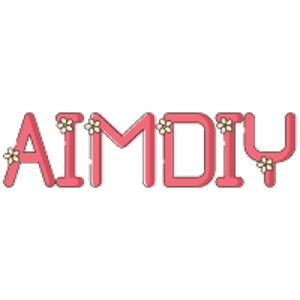Development and Application of Cross Stitch
The development of cross stitch
Cross stitch is commonly known as "cross-stitch" or "cross stitch embroidery" in the folk.
Cross stitch originated in the Tang Dynasty in China. In the 14th century, cross-stitch was spread from China to Italy via Turkey and then to Europe. The earliest cross stitch uses silk threads drawn from silkworm cocoons to embroider on animal fur fabrics. This kind of cross stitch is used to decorate clothes and furniture in many countries. Due to the different cultures of different countries, with the passage of time, have formed their own style, embroidery thread, fabric color, and material, are ingenious.
In the fifteenth century AD, cross stitch began to enter the folk and was gradually accepted by the majority of ordinary consumers. With the expansion of dominant Western culture in the world, cross stitch has been introduced from Europe to America, Africa, Oceania, and Asia.
Decades ago, cross stitch entered the Asian market and became popular in countries such as the Philippines, Malaysia, Singapore, Thailand, Indonesia, South Korea, and Japan, as well as in Taiwan, Hong Kong, Macau, and other regions.
South Korea began to introduce cross-stitch about ten years ago, and cross-stitch is booming in South Korea. Now there are about 3,000 shops in South Korea that operate or have cross-stitch business content.
use
From the perspective of the use of cross stitch, it is roughly divided into four parts, the first is clothing and apparel; the second is accessories and accessories; the third is daily necessities and home decoration; the fourth is leisure and making friends.
The first clothing, clothing. In Europe, cross-stitch was all the rage in the 1970s and 1980s. In China, as early as the Tang Dynasty, Dunhuang frescoes had "cloud shoulders". In the Sui, Tang, and Yuan dynasties, only the royal palace aristocrats had the clothing of "cloud shoulders". Only people in the upper class can use (enjoy), and the images include "She Ruyi", "Fuqing Ruyi" and so on. There are "cloud shoulder" embroidered bags on the products, and bibs for children.
The second accessories and accessories. In ancient times, accessories were divided into product categories: purses, cigarette purses, fragrant purses, waist purses, miscellaneous treasures holding belly purses, fan covers, fan bags, handkerchiefs, glasses cases, and jewelry boxes, which were mostly used by dignitaries. For literati and writers. In terms of meaning, "Lai Kam", "Pao Hong", "Listening to Qin", "Best Season", "Butterfly Loves Flowers" in "The Story of the West Chamber" are mostly love, more children, and more blessings, etc., peace, auspicious, wishful thinking.
The third daily necessity. The old door curtains, "tent hanging", "pillow", "pillow", "picture scroll", and other daily necessities. With the development of cross stitch today, the cross stitch pillow is the most common, embroidering pillow for a loved one, every stitch and line has its own thoughts and blessings. In addition to cross stitch, there is also ribbon embroidery. Famous embroidery pieces include "Three Sheep Kaitai Pillow Top", "Fisherman's Benefit", "Fairy Pot Celebration", "Blessing in Front of Your Eyes", and "Door Curtain Ribbon" and so on. Now, most cross stitch is regarded as a luxury to appreciate.
